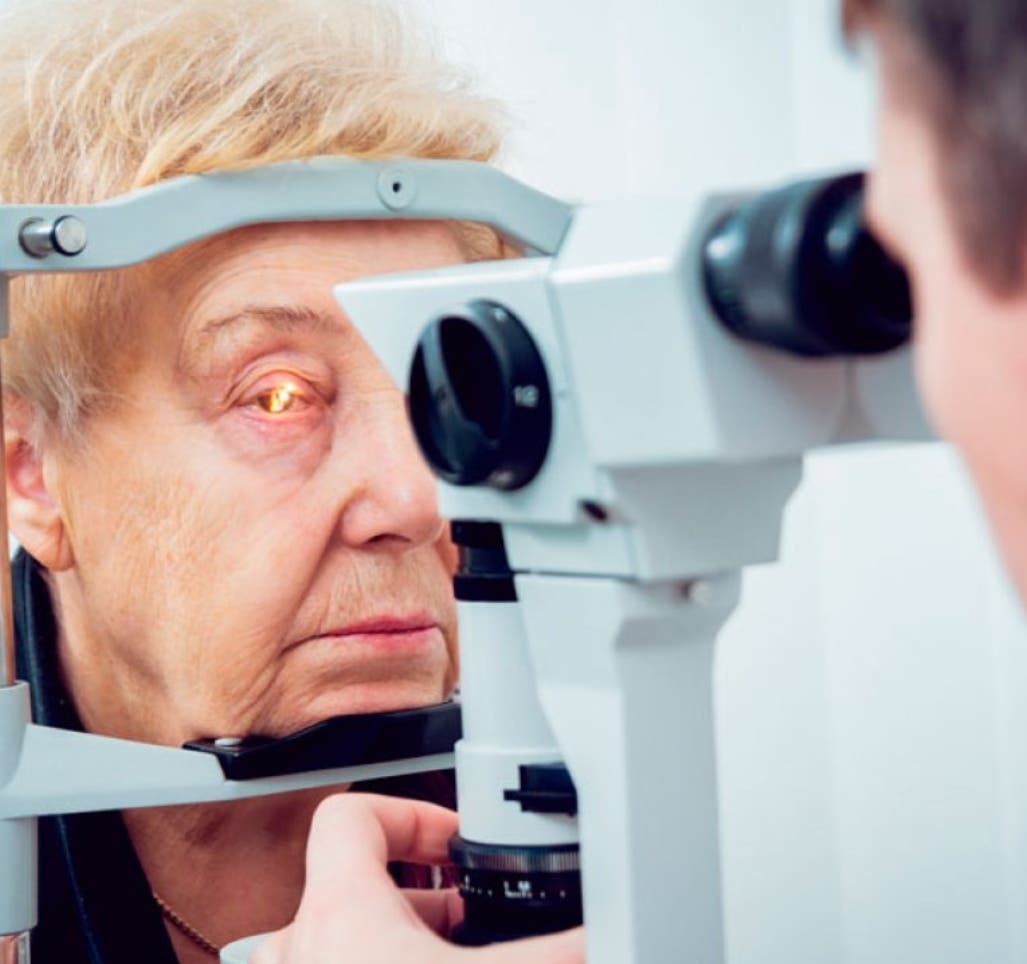Cataract is the leading cause of blindness worldwide

Cataract (opacification of the crystalline lens) is considered the leading cause of blindness worldwide. Statistics show that 47.9% of the cases of blind people are due to this condition.
The most common type is age-related (senile cataract), which begins to appear from the sixth decade onwards.
Dr. Ariela López, an ophthalmologist, explains that this pathology is the most frequent entity in age groups between 50 and 70 years old. In addition, its incidence increases with age, affecting one or both eyes related to the excessive use of corticoids.
It is also related to exposure to solar radiation and smoking. However, it is not an age-specific condition, as it may occur in other systemic conditions.
Other causes
“The formation of cataracts can be conditioned to many factors, among which we can mention: heredity, systemic pathologies, traumas, toxic habits, and those whose cause is still unknown,” indicates the ophthalmologist.
Lopez describes that the main symptom presented by this condition is the progressive decrease in visual acuity, which also compromises other aspects such as contrast vision, color saturation, and glare.
“The patient reports difficulties when changing environments with different degrees of illumination, may present halos around lights, problems driving at night.
This also refers to the effect of the lights of oncoming vehicles and limited reading with regular lighting, which may be accompanied by double vision, thus producing a feeling of insecurity in daily work.
Myopic lesions
It is frequent to find as initial data the perception of opaque or blurred spots in the peripheral portion of the visual field, says the expert of the Center of Diagnosis and Advanced Medicine and Medical Conferences and Telemedicine (CEDIMAT).
Treatment
The specialist explained that since there is no pharmacological treatment for cataracts, the standard treatment is the surgical extraction of the opacified crystalline lens and the implantation of an intraocular lens.

















